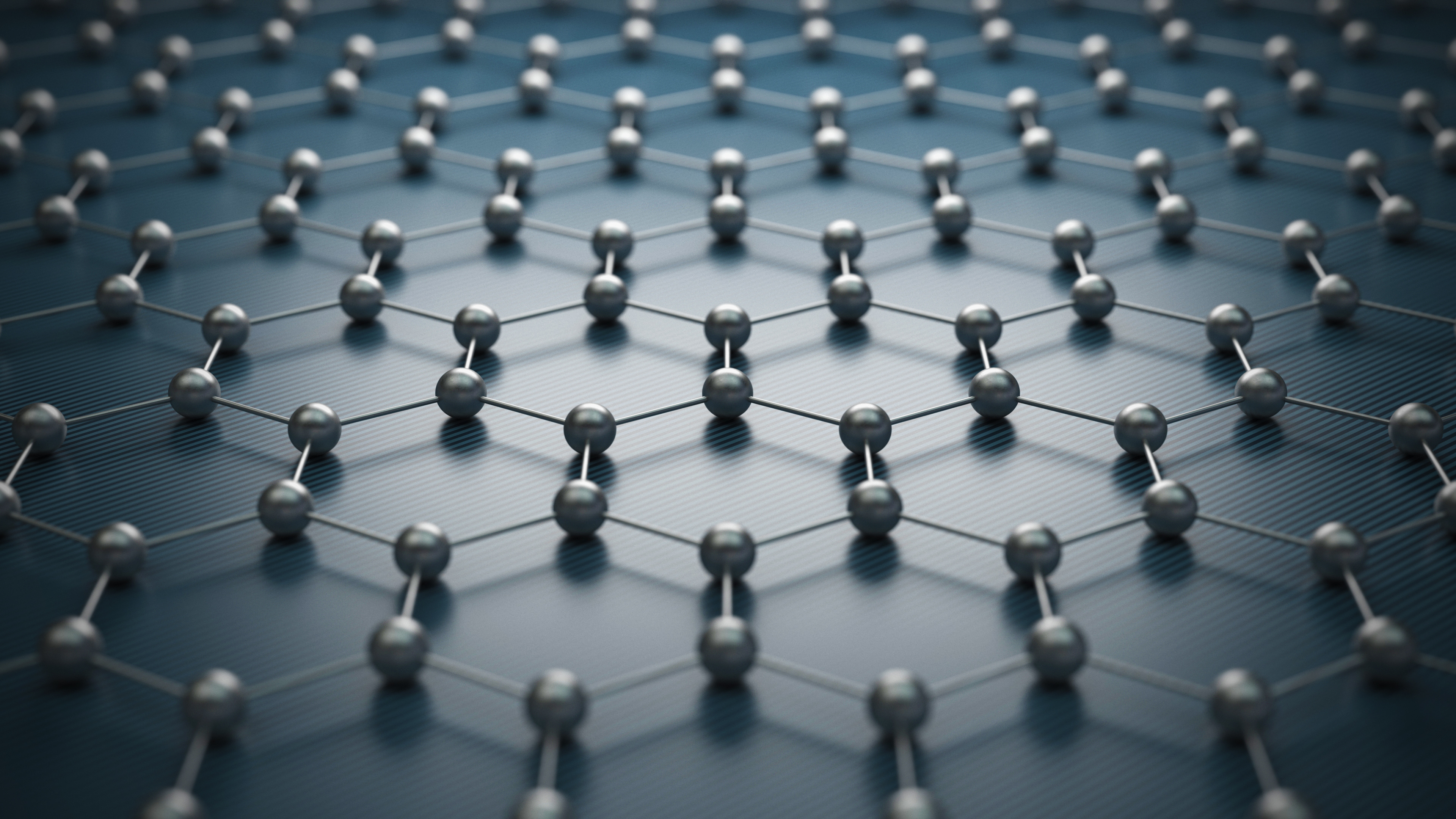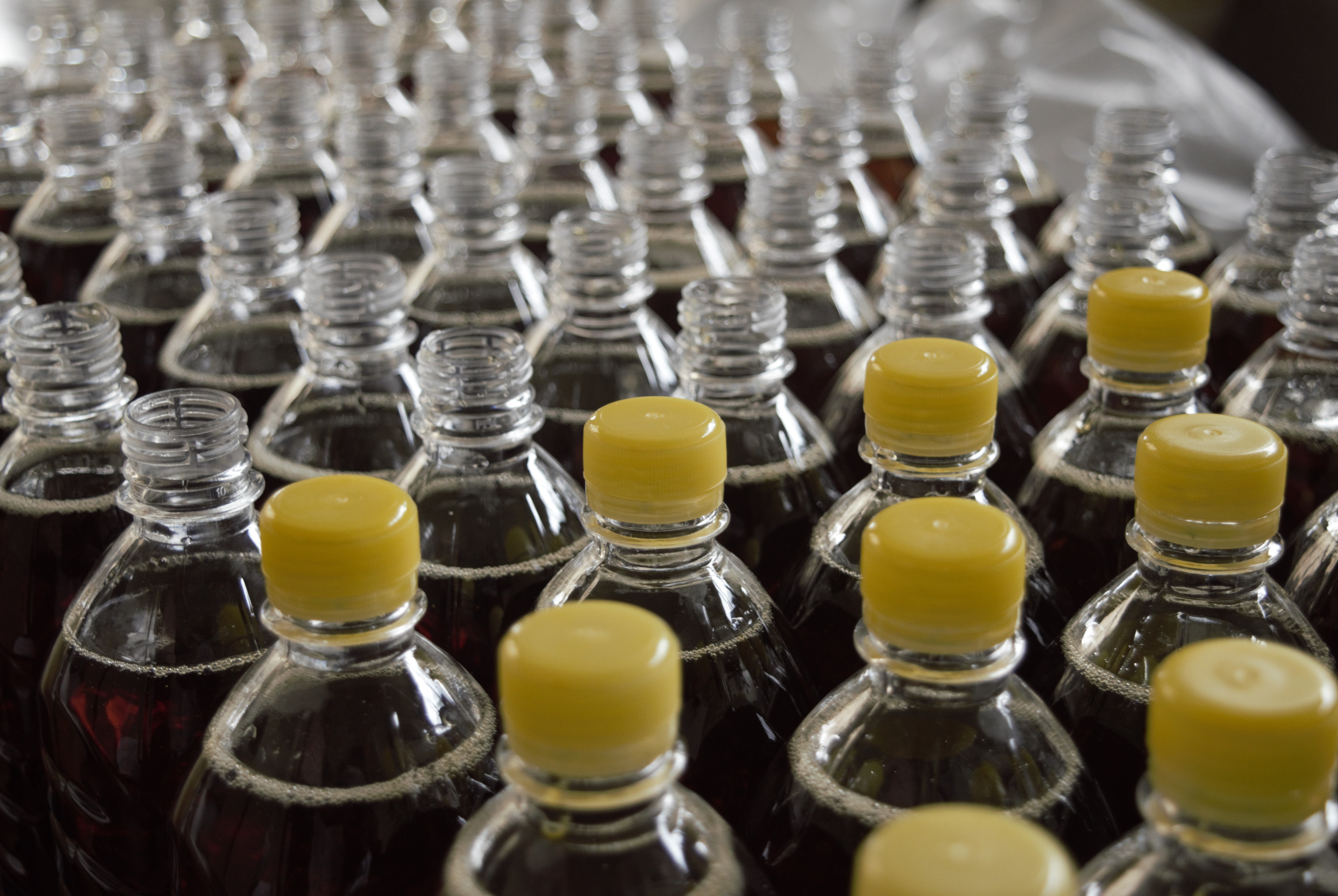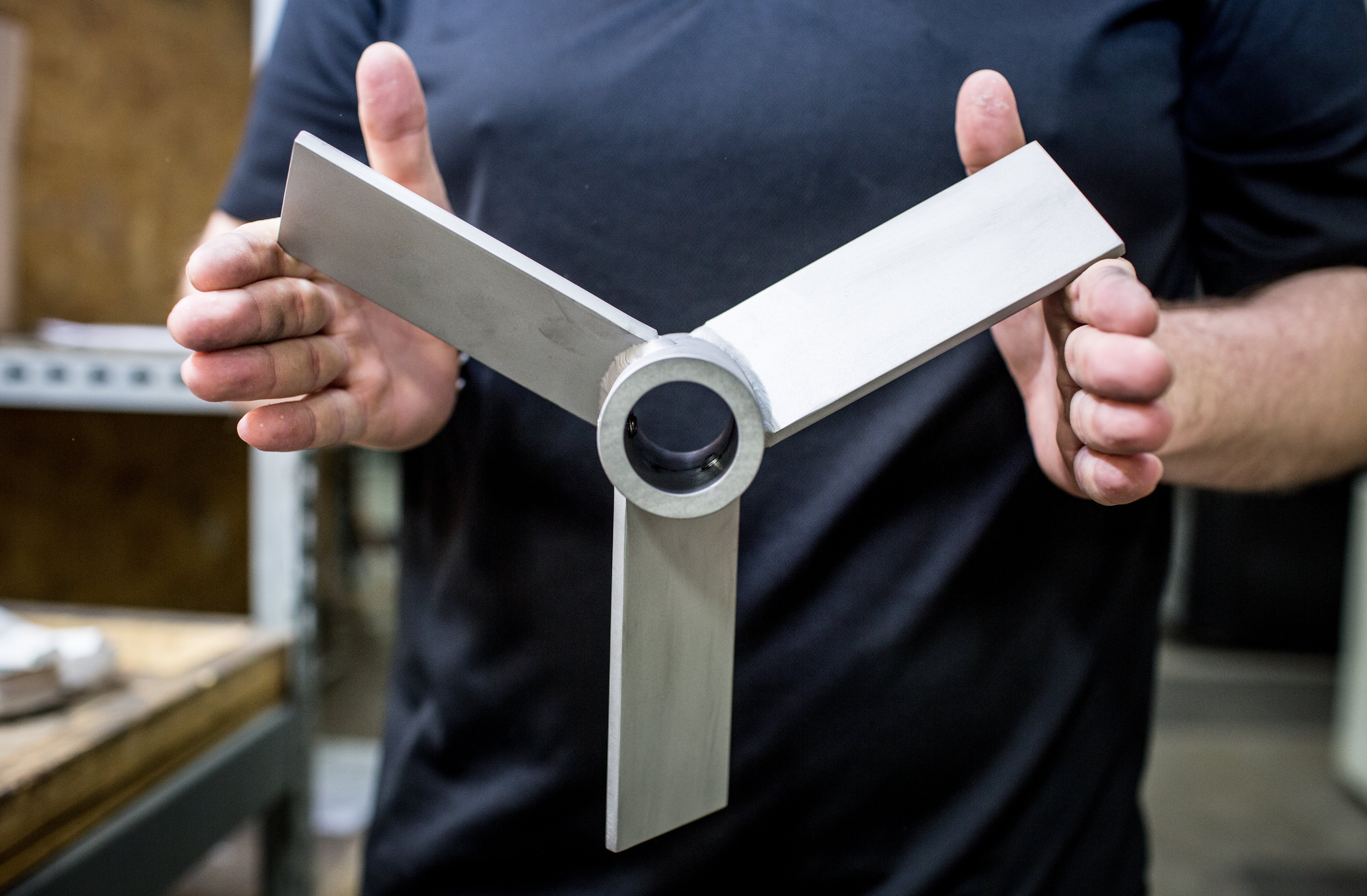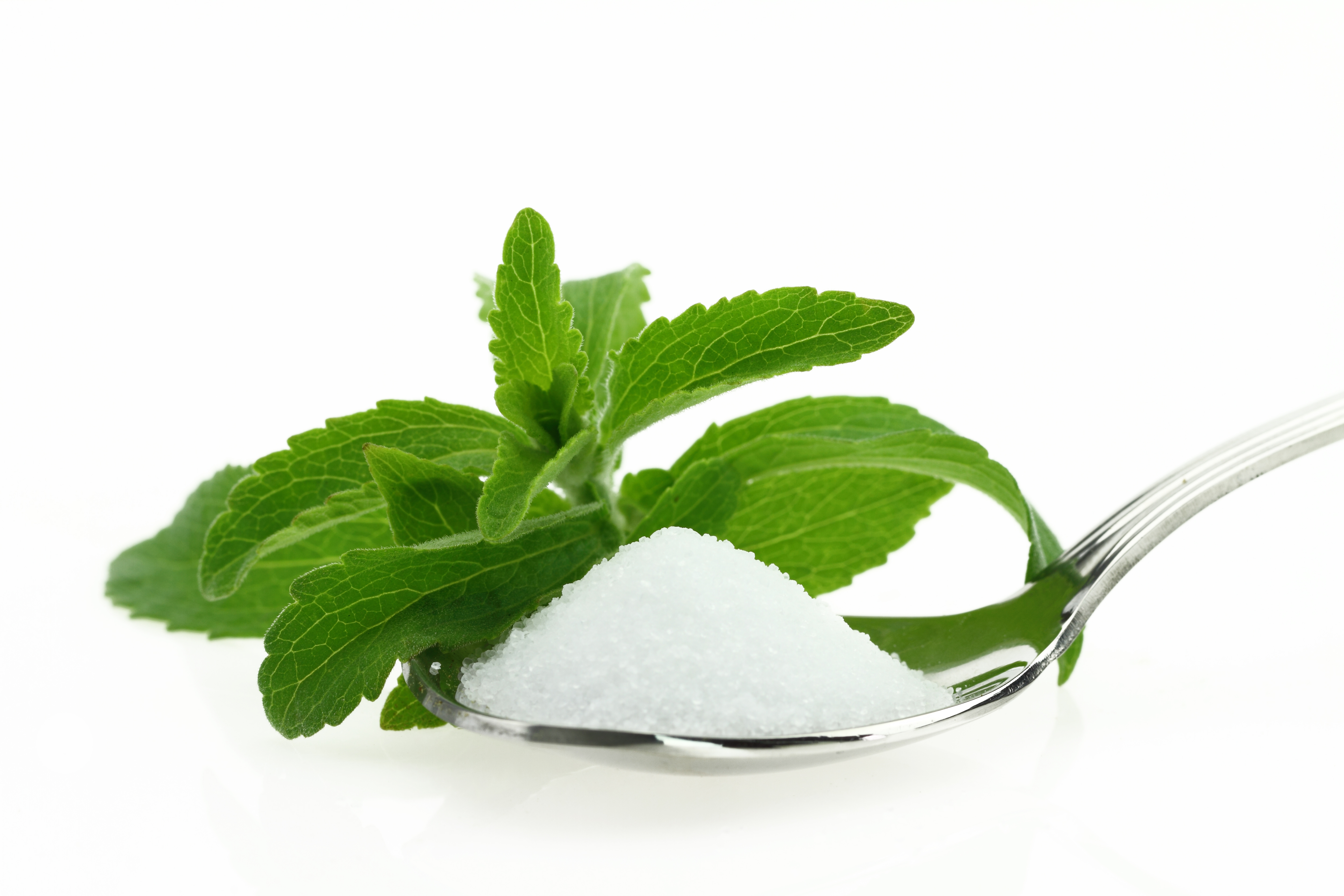What Are The Types Of Polymerization?
What Are The Types Of Polymerization? The phrase "the future is now" certainly aptly describes the rapid scientific progress currently being...

Additive manufacturing (AM) describes the technologies used to create 3D objects by incorporating layers of material. The AM technology utilizes computer-aided features, essentially through the use of 3D modeling software which produces a sketch and adds layers of material successively to fabricate a designed 3D object. The stereolithographic technology was the first commercialized additive manufacturing technology and was first implemented in Japan. Later, Charles Hull developed and patented the idea of 3D systems and further created a specific format utilized by computers to describe the geometry of objects.
The additive manufacturing industry has rapidly grown since its inception in the 1980's. Recently, the technology evolved immensely and has since included a variety of materials and uses, making the industry now worth billions of dollars in the market. With the rapidly growing technology, components used in additive manufacturing range from the classic polymers, metals, ceramics, and glass, to the biochemical materials used in medicine and food. Certain technologies make it possible to use materials such as sand to create 3D objects.
Additionally, polymer-based additive manufacturing has been used for decades in 3D printing. The widely used polymer filaments in the market are Acrylonitrile Butadiene Styrene (ABS), Polylactide (PLA), nylon, Polycarbonate (PC), and Polyvinyl Alcohol (PVA).
Petroleum is the principal raw material for polymers. Due to the low cost of production and flexibility in the manufacturing processes, polymer use varies from providing cheap substitutes of natural products to high-quality options for a myriad of applications.
Polymers have the ability to soften and flow when heated, and regain firmness when cooled, making them ideal for heat fabrication techniques. High-quality polymers such as Acrylonitrile Butadiene Styrene (ABS) have excellent heat resistance and great mechanical properties and are, therefore, used in automobile and aircraft manufacturing. Additionally, such polymers are easily blended with other plastics and materials, to create alloys that are utilized in the manufacture of high-performance engineering thermoplastics.
In addition, polycarbonates (PC) have excellent tensile strength, making them ideal for impact-resistant materials. They are commonly reinforced with carbon to make them stronger and more heat-resistant. Further, products such as Polyvinyl Alcohol (PVA) are used to print support structures in internal cavities, due to their water-soluble properties. Once the primary object is printed, the polyvinyl alcohol is simply washed with warm water, leaving the object created using the primary material.
The four basic steps in polymer-based additive manufacturing include virtual modeling, machine preparation, material processing, and post-processing procedures.
To create an object, one needs information regarding the object in question. Virtual modeling can be done using the CAD software. The software is utilized in the design and modification of objects virtually; just as the manufacturer wants it to appear. If one desires to create a virtual model replica of an existing object as in reverse engineering, 3D scanning devices come in handy. These scanning devices utilize laser technology or optical systems to obtain 3D models even from pictures. Medical specialists use CT scans and MRI machines to achieve this effect. The virtual model is then converted to acceptable file formats for additive manufacturing such as "STL".
Once data on the model has been processed, machine preparation takes place before printing the actual object. This process may involve heat processing of the polymer, preheating the design space to working temperatures, and calibration. Additional quality checks are done to identify errors before the actual object building. Machine preparation is a vital part of additive manufacturing when using polymers as it can determine the quality and accuracy of the final product.
The additive machine then builds the object by adding the polymer layer by layer. There are various methods of processing applied when building an object. Heat processing involves melting the polymer partially or fully using laser or conventional heat sources and then cooling the formed physical objects. On the other hand, light processing using liquid photopolymers is used to initiate a chemical reaction within polymers, creating new chemical bonds which solidify to create the object.
A high level of care for the built products is usually necessary to make them ready for use. Since building with polymers involves heat processes, the object is allowed to cool. Post processing involves cleaning to remove excessive polymer, mechanically removing support structures, honing, grinding, and cutting. Additionally, painting and polishing are typically done to improve the appearance of the object.

What Are The Types Of Polymerization? The phrase "the future is now" certainly aptly describes the rapid scientific progress currently being...

Today, modern mixing equipment has made mixing processes more time and cost efficient while at the same time delivering more satisfactory results. A...

What Are Polyols? Polyols are also known as sugar alcohols. They partly contain sugar while the other part is made up of alcohol. Polyols are...